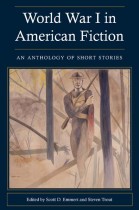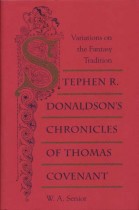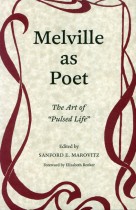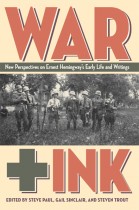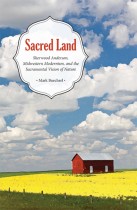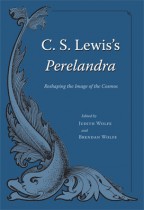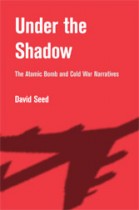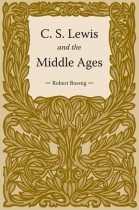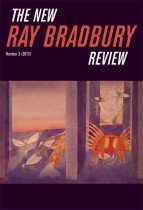Arda Inhabited
Susan Jeffers | Filed under: Audiobooks, Literature & Literary Criticism, Tolkien, Lewis, and Inkling Studies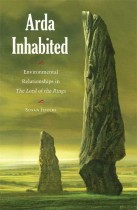
With the box office successes of movies based on The Lord of the Rings and The Hobbit, familiarity with J. R. R. Tolkien’s Middle-Earth is growing. Unfortunately, scholarship dealing with Middle-Earth itself is comparatively rare in Tolkien studies, and students and scholars seeking greater insight have few resources. Similarly, although public concern for the environment is widespread and “going green” has never been trendier, ecocriticism is also an underserved area of literary studies. Arda Inhabited fills a gap in both areas by combining ecocritical and broader postmodern concerns with the growing appreciation for Tolkien’s Middle-Earth.

